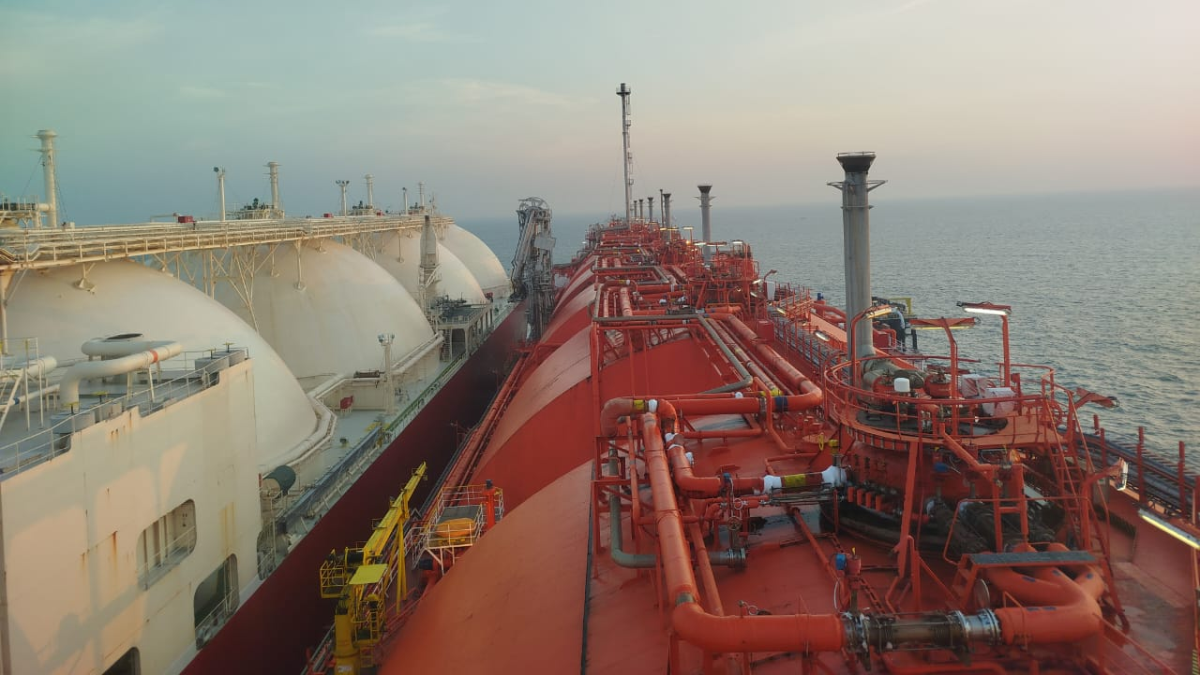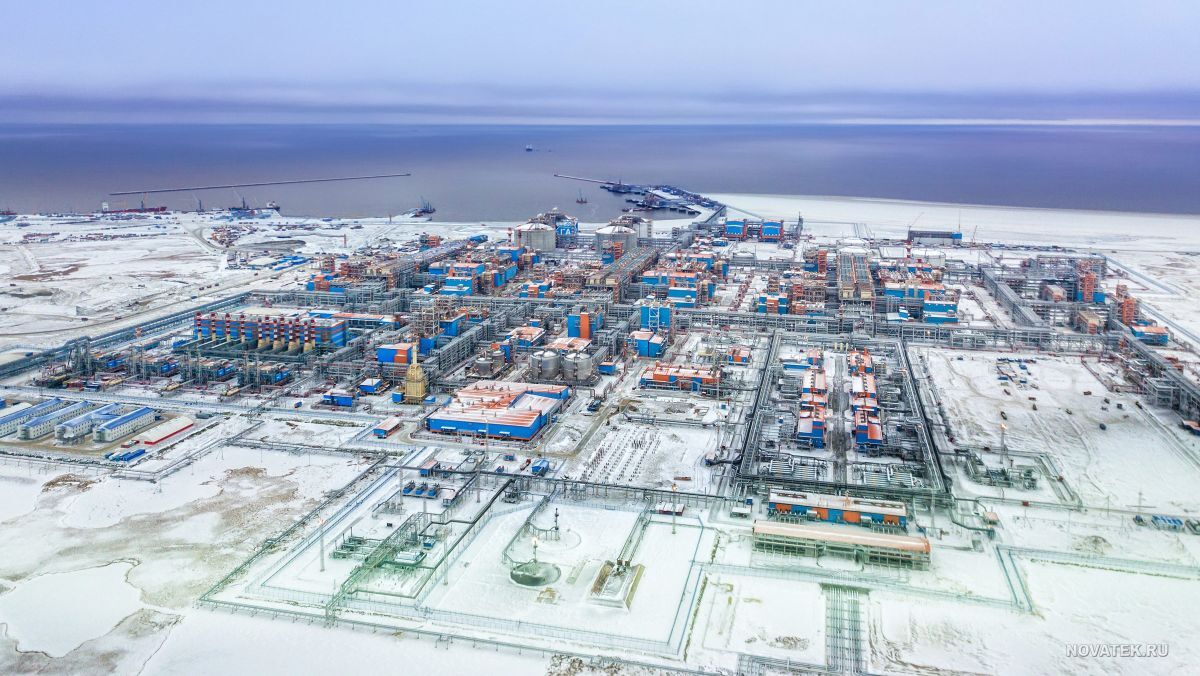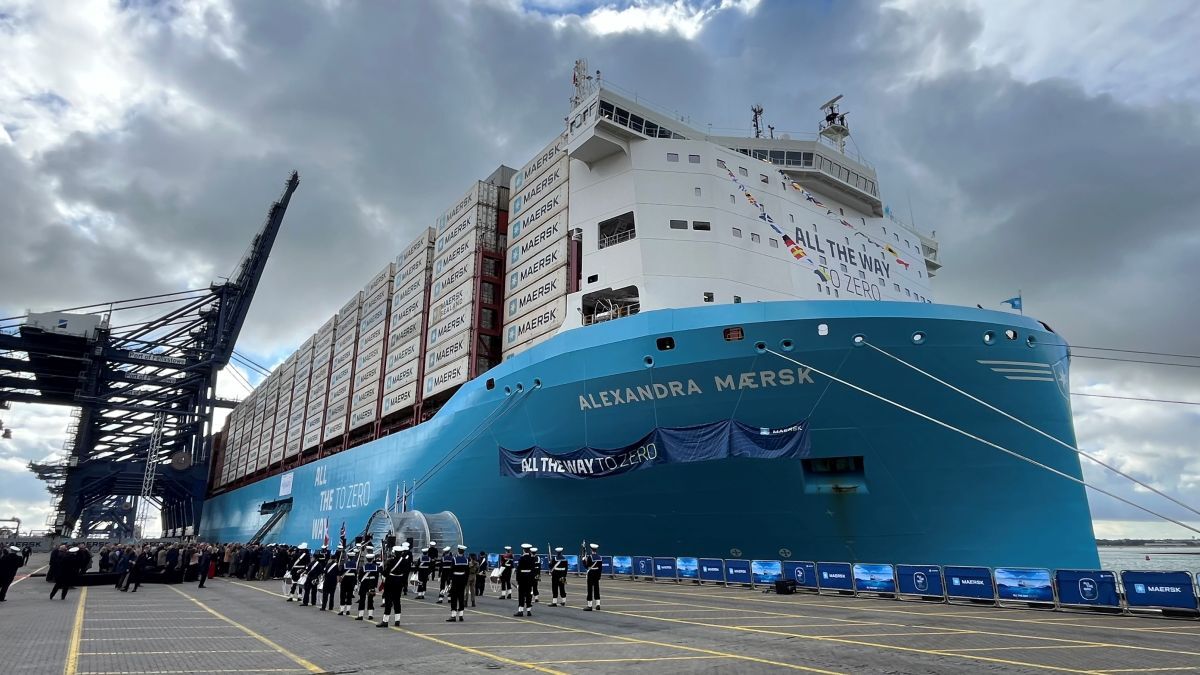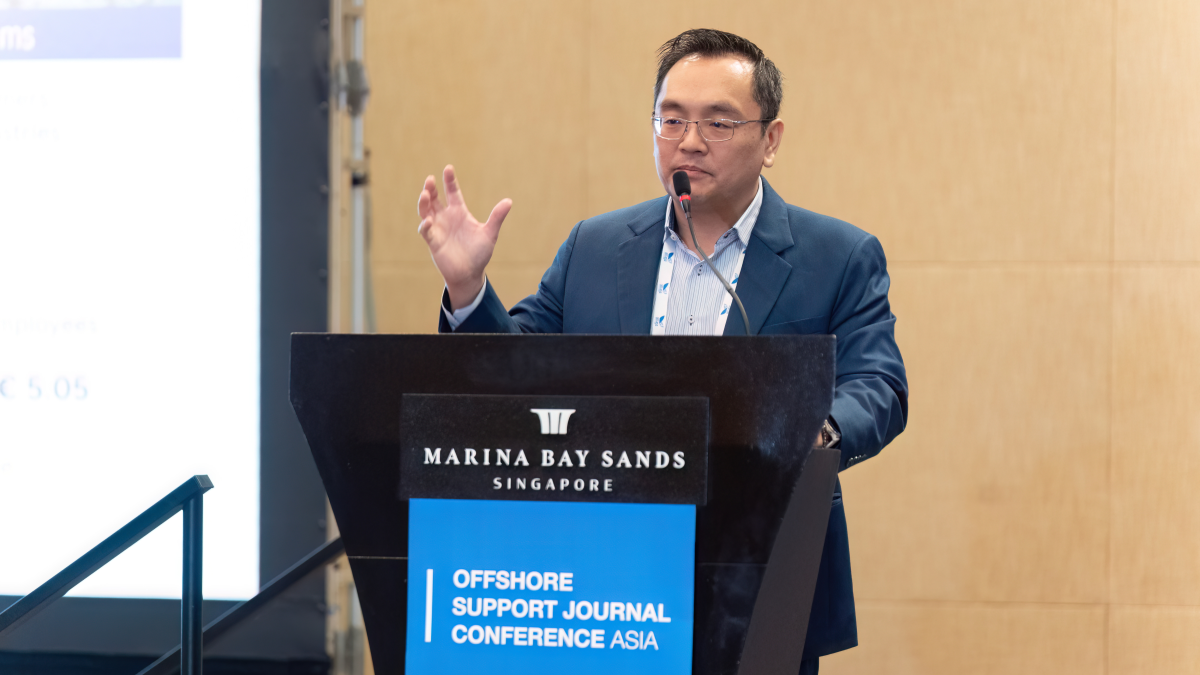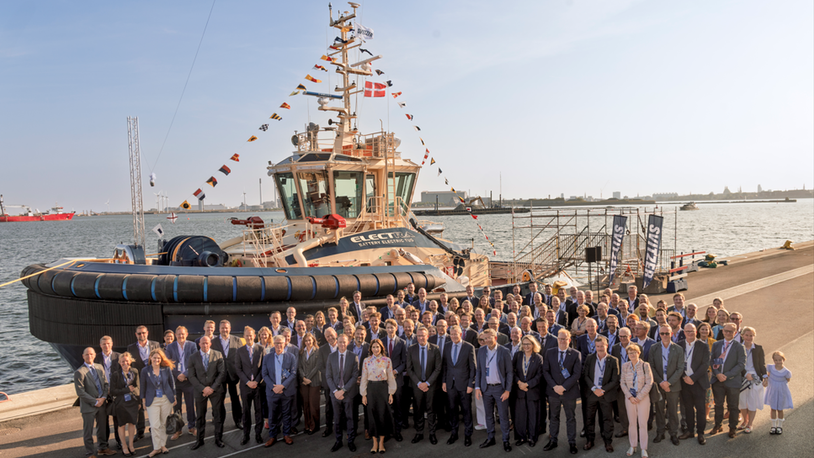Business Sectors
Events
Contents
MAN’s 32-bore matures with the market
The first 32/40 engine with conventional fuel injection and a mechanical governor was introduced by MAN Diesel & Turbo to the market in 1994 as a small bore extension of the German designer’s ‘new generation’ medium speed programme. The 320mm-bore/400mm-stroke design delivered an output of 440 kW/cylinder at 720/750 rpm on respective mean effective pressure and mean piston speed ratings of 22.8/21.9 bar and 9.6/10 m/s.
The engine was later released with a specific output of 500 kW/cylinder, the range then spanning a power band from 3,000kW to 9,000kW with 6 to 9-cylinder in-line and V12 to 18-cylinder models. The mep ratings were raised to 24.9 bar (750 rpm) and 25.9 bar (720 rpm).
Proven elements of the established larger bore family members – the 580mm L58/64 and 480mm L/V48/60 designs – were down-scaled for the 32/40 engine: a stiff one-piece frame with tie rods; cylinder liners in the jackets; load-dependent cylinder lubrication; water-cooled liner fire rings with stepped pistons; and variable injection timing for optimum adaptation of the engine to various fuel grades (for both improved fuel consumption and reduced NOx emissions).
Fuel economy was sought from a high stroke/bore ratio, constant pressure turbocharging, a fuel-optimised injection system with ‘economy plunger’, pressure-equalising valves, high intensity atomisation and a high compression ratio.
An innovatory contribution to operating flexibility was made by the adoption of separate camshafts (arranged on either side of the engine) for the fuel injection and gas exchange valve actuating gear. One camshaft is dedicated to drive the fuel injection pumps and operate the starting air pilot valves; and the other, on the opposite exhaust side, serves the inlet and exhaust valves.
This arrangement allows fuel injection and air charge renewal to be controlled independently, and thus engine operation to be optimised conveniently for either high economy or low exhaust emissions.
Engine timing can be adjusted by turning the camshaft relative to the camshaft driving gear. Such a solution can be applied without restriction because the air charge renewal cams are mounted on a separate camshaft. The relative movement between driving gear and camshaft is via a helically-toothed sleeve integrated in the gearwheel, meshing with the corresponding counterpart on the camshaft.
By shifting the gear coaxially, the camshaft (which is fixed in the coaxial direction) can be turned infinitely relative to the gear by the required and/or desired angle. The camshaft-shifting facility was optional; a simpler design could be specified for engines whose projected operational profiles did not justify adjustable injection timing.
Continual development of the 32/40 engine pursued reductions in smoke emissions throughout the operating range without undermining fuel economy, easier maintenance and improved flexibility in setting the engine’s parameters for specific applications. Many components were modified in meeting these goals, notably the cylinder head, fire ring, support ring, rocker arms, valve cones, pistons, camshaft and gas exchange cams.
Subsequent measures to reduce emissions included a new injection nozzle design with a smaller sac volume minimising the amount of fuel sprayed into the cylinder after the needle is closed. The benefit is less dripping and hence lower smoke formation. A new cylinder head design incorporated an enhanced combustion chamber geometry promoting unhindered atomisation of the fuel jets. The fuel injection pressure was also increased from its base of 1,350 bar, and closing of the injection needle improved.
Efforts were also directed at reducing engine cost and weight as well as facilitating maintenance. A redesigned rocker arm casing, for example, is lighter and allows faster nozzle replacement. A new steel piston was released in 2001. The lubricating oil and cooling water systems were combined into a single unit – the frame auxiliary box – to create a compact, vibration-free package requiring less piping.
MAN Diesel & Turbo’s first all-electronic four-stroke engine, the 32/44CR series, was launched in 2006 as a common rail fuel-injected, long-stroke derivative of the 32/40 design. Retaining the 320mm bore, the designers sought a higher specific output (560 kW/cylinder), lower fuel consumption and reduced emissions from a 10 per cent increase in piston stroke (to 440mm). CR fuel injection and a substantially more efficient turbocharger also contributed to the power rise and emissions performance.
A higher power density than the 32/40 engine dictated a number of key component modifications; in particular, the cylinder head and valves were refined to cope with the increased cylinder pressure, the valve guides extended and the seats modified. In addition, the crank drive was completely revised and optimised using computer design techniques.
An all-steel piston featuring two compression rings as part of an enhanced three-ring package embodies an enlarged oil cooling gallery and larger piston pin diameter to match the higher rating of the engine. The piston length was also reduced so that, despite these measures, its weight was not higher than the 32/40 engine’s component.
Furthermore, the cross-sectional diameter of the connecting rod shaft was increased and the number of bolts at the big end bearing increased from two to four. The higher number of bolts allowed for a more even distribution of the stresses at the joint line and facilitated a slimmer connecting rod than with the two-bolt design.
Two camshafts are featured: a standard full-length unit for actuating the gas exchange valves and a shortened unit serving the high pressure fuel injection pumps. Shortening the injection camshaft not only reduces its friction characteristics but also the engine manufacturing costs (cited by MAN Diesel & Turbo as an example of how CR injection can improve not only engine performance but also design and production).
Last year saw the introduction of a V-cylinder variant of the 32/44CR in-line cylinder engine family, targeting marine and offshore propulsion as well as stationary power generation applications. The designers targeted compliance with IMO Tier II emission limits entering force in 2011 as well as market preferences for low maintenance and higher fuel economy.
Key development aims for the V32/44CR model – such as low fuel consumption, unrestricted heavy fuel burning capability, high operational safety and ease of maintenance – could be tapped from the L32/44CR IMO Tier 1 engine design.
A fundamental revision of the existing V32/40CD engine architecture was undertaken, however, acting as the basis for all further developments of MAN’s 32-bore class, including dual-fuel and gas engines. Among the design targets were:
• a peak firing pressure of 230 bar for high power output in compliance with IMO Tier II emissions standards
• modular engine assembly groups for lower cost production
• a ‘best in class’ specific power-to-weight ratio
• unrestricted standby capability
• the addition of a V20-cylinder model to the programme
• 100 per cent power take-off capability from V12 to V20 cylinder versions.
Cast from nodular iron, the V45-degree angle crankcase of the V32/44CR engine is designed to withstand the exceptional firing pressure of 230 bar. The hanging main bearings are thus bolted over continuous main tie rods with the crankcase to create a very rigid structure achieving high longitudinal and transverse stiffness. The crankcase design was evolved using FEM calculations and 3D computational tools, its specific weight being reduced by around 10 per cent.
Rather than arranged in the central camshaft (as in the V32/40 CD engine), the main oil channel is located in the crankcase of the V32/44 CR design. The oil supply to the main bearings and camshaft bearings is provided via drillings for the main tie rods.
A completely new cylinder head design was dictated by the re-arrangement of the valve train from inside the V-location to the outside cylinder banks. The charge air pipe was integrated into the rocker arm casing. CFD calculations optimised cooling water flow in the cylinder head, whose stiffness was increased by around 30 per cent over that of the L32/44CR IMO Tier I engine component. The cylinder liner is guided in the support ring and hence free of tension, enabling optimised piston movement; and the leakage drillings for the injection nozzle are integrated in the water jacket.
Main and connecting rod bearing diameters for the crankshaft are larger than those for the V32/40CD engine, and the crankshaft mass balance was optimised to reduce the rotating mass such that the counterweight could be fastened with two tie rods instead of three.
The crankshaft damper design was required to ensure sufficient damping of the torsional load and to secure assembly of the complete crankdrive and damper as one unit in the crankshaft line. Such an arrangement enables the damper to be fixed at the crankshaft preassembly stage, easing the handling of large parts and minimising assembly time.
A steel piston with two compression rings is adopted, as established on the L32/44CR IMO Tier I engine, but the crown geometry is modified for the Tier II design for the higher compression ratio of 17.2. The connecting rod is also similar to the in-line Tier I engine. The gearwheel drive, however, is a new design, the elimination of the central camshaft enabling the number of gears to be reduced by one.
A modular engine package was pursued by the designers, achieving a reduction in overall assembly time of more than 60 per cent. Large assembly modules - including the turbocharger intercooler module and cylinder units (comprising cylinder head, water jacket and liner) - are preassembled alongside the main assembly line. One development target sought to integrate as many pipes as possible into the cast construction units. The cylinder head can be removed for maintenance without dismantling the exhaust gas pipe.
MAN’s latest generation own-developed SaCoSone safety and control system, mounted directly on the engine, comprises modules covering full engine operation, alarming and controlling, and the triggering of actuators. Based on standard components used in the automotive industry, the modules and TFT touch screen operating panel are designed for harsh environments.
Tests on a single-cylinder L32/44CR research engine showed that IMO Tier II’s demand for NOx emission reductions of around 20 per cent could be achieved by:
• an increased compression ratio (approximately 17:1)
• improved single-stage turbocharging
• common rail fuel injection
• variable valve timing of the inlet valves, supporting a strong Miller cycle effect.
Radial-flow MAN TCR turbochargers specified for the 32/44CR engines deliver increases in pressure ratio and flow rate, with compressor efficiency significantly improved by CFD-aided optimisation. The enhanced charging performance compensates for the shorter inlet valve opening times associated with the Miller cycle, ensuring that the quantity of combustion air entering the cylinder remains unaffected. The TCR turbochargers are designed to meet the demands of engines burning heavy fuel oil, marine diesel oil or gas.
A common rail (CR) fuel injection system with a maximum rail pressure of 1,600 bar was transferred from the L32/44CR Tier I engine with slight amendments, the modular system designed for starting, stopping and operation on HFO (viscosities up to 700 cSt at 50°C). Free selection of fuel injection timing and pressure is facilitated independently of engine load and speed thanks to pressure generation and injection processes that are separate and electronically controlled.
MAN Diesel & Turbo’s CR technology - first announced in 2004 in conjunction with the 32/40 engine - is kept as simple as possible, with no separate servo circuit for activating the fuel injection valves. Standard injectors are used, the solenoid valves integrated into the pressure accumulators (common rails) away from the heat of the cylinder heads to foster greater system reliability and maintainability.
In conventional engines the valve timing and stroke of the inlet and exhaust valves are fixed. The V32/44 CR is the first MAN engine series to feature variable valve timing (VVT) as standard, facilitating the adoption of efficiency-raising/NOx reducing measures such as the Miller process. Early closing of the inlet valves causes the charge air to expand and cool before the start of compression; the resulting reduction in combustion temperature lowers NOx generation in the cylinder.
With the VVT system, valve timing is changed by phase shifting the inlet cam. In the lower load range it is reasonable to close the intake valve later in order to achieve a larger charge air filling, thus raising the process temperature. A higher temperature also improves part load operation.
Intake valve timing adjustment is effected by an eccentric unit integrated in the bearing of the rocker arm. An electric actuator drive in the centre of the cylinder bank implements a turn of the eccentric shaft via a connecting rod, changing the bearing position of the rocker arm on the camshaft and hence the valve timing.
A growing market for gas and dual-fuel (DF) engines is addressed by MAN Diesel & Turbo with the development of pure gas engine and DF engine derivatives of the latest 32-bore design, respectively for land-based power and shipboard applications. It will also be possible to convert existing Tier II CR diesel engines to DF mode. MP
Related to this Story
Events
Offshore Support Journal Conference, Americas 2025
LNG Shipping & Terminals Conference 2025
Vessel Optimisation Webinar Week
© 2024 Riviera Maritime Media Ltd.





